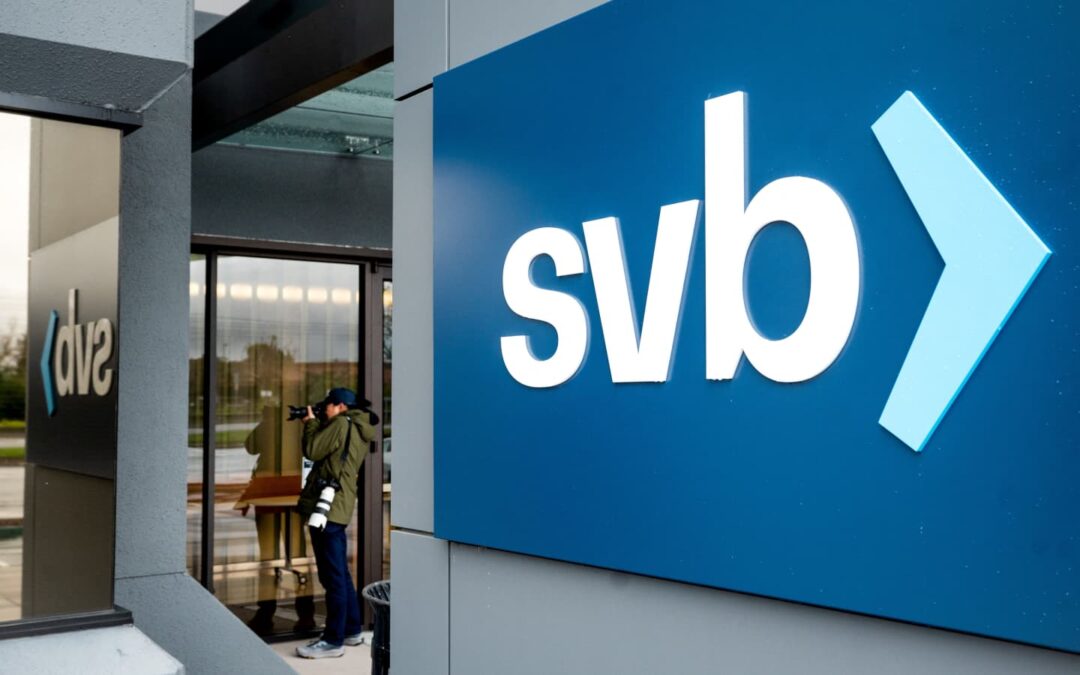Last week, as news of Silicon Valley Bank’s losses and eventual collapse, took over the news cycle, attention understandably turned to the devastating impact on the startup ecosystem.
Prospects brightened a bit on Monday with news that the federal government would make all depositors whole. Startups, VCs, and others in the ecosystem would be able to continue operations and make payroll, and SVB’s collapse would be just another cautionary tale.
But the impact of SVB’s collapse isn’t confined to the startup ecosystem or the banking industry.
Its impact (should have) struck fear and excitement into the hearts of every executive tasked with growing their business.
Your Portfolio’s Risk Profile Just Changed
The early 2000s were the heyday of innovation teams and skunkworks, but as these internal efforts struggled to produce significant results, companies started looking beyond their walls for innovation. Thus began the era of Corporate Venture Capital (CVC).
Innovation, companies realized, didn’t need to be incubated. It could be purchased.
Often at a lower price than the cost of an in-house team.
And it felt less risky. After all, other companies were doing it and it was a hot topic in the business press. Plus, making investments felt much more familiar and comfortable than running small-scale experiments and questioning the status quo.
Between 2010 and 2020, the number of corporate investors increased more than 6x to over 4,000, investment ballooned to nearly $170B in 2021 (up 142% from 2020), and 1,317 CVC-backed deals were closed in Q1 of 2020.
But, with SVB’s collapse, the perceived risk of startup investing suddenly changed.
Now startups feel riskier. Venture Capital firms are pulling back, and traditional banks are prohibited from stepping forward to provide the venture debt many startups rely on. While some see this as an opportunity for CVC to step up, that optimism ignores the fact that companies are, by nature and necessity, risk averse and more likely to follow the herd than lead it.
Why This is Bad News
As CVC, Open Innovation, and joint ventures became the preferred path to innovation and growth, internal innovation shifted to events – hackathons, shark tanks, and Silicon Valley field trips.
Employees were given the “freedom” to innovate within a set time and maybe even some training on tools like Design Thinking and Lean Startup. But behind closed doors, executives spoke of these events as employee retention efforts, not serious efforts to grow the business or advance critical strategies.
Employees eventually saw these events for what they were – innovation theater, activities designed to appease them and create feel-good stories for investors. In response, employees either left for places where innovation (or at least the curiosity and questions required) was welcomed, or they stayed, wiser and more cynical about management’s true intentions.
Then came the pandemic and a recession. Companies retreated further into themselves, focused more on core operations, and cut anything that wouldn’t generate financial results in 12 months or less.
Innovation muscles atrophied.
Just at the moment they need to be flexed most.
Why This is Good News
As the risk of investment in external innovation increases, companies will start looking for other ways to innovate and grow. Ways that feel less risky and give them more control.
They’ll rediscover Internal Innovation.
This is the silver lining of the dark SVB cloud – renewed investment in innovation, not as an event or activity to appease employees, but as a strategic tool critical to delivering strategic priorities and accelerating growth.
And, because this is our 2nd time around, we know it’s not about internal innovation teams OR external partners/investments. It’s about internal innovation teams AND external partners/investments.
Both are needed, and both can be successful if they:
- Are critical enablers of strategic priorities
- Pursue realistic goals (stretch, don’t splatter!)
- Receive the people and resources required to deliver against those goals
- Are empowered to choose progress over process
- Are supported by senior leaders with words AND actions
What To Do Now
When it comes to corporate innovation teams, many companies are starting from nothing. Some companies have files and playbooks they can dust off. A few have 1 or 2 people already working.
Whatever your starting point is, start now.
Just do me one favor. When you start pulling the team together, remember LL Cool J, “Don’t call it a comeback, I been here for years.”
